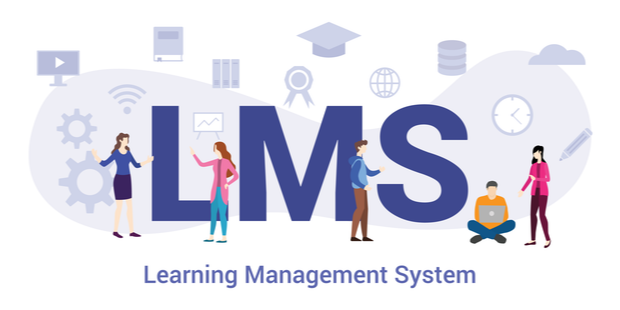Customer service represents one of the most salient aspects of today’s competitive business arena. To ensure retention of customers and satisfaction with the services rendered, it is crucial for every organization to conduct training programs and equip their customer service team with the skills and knowledge necessary to deliver satisfactory outcomes.
In this regard, learning management systems (LMS) are proving to be some of the most indispensable and chosen tools that are helping to bridge the skills gap and upskill resources that are involved in customer service training programs.
This article traces the effect of LMS on customer service training, discusses the prevailing trends in this landscape, and sheds light on some of the best practices and innovative approaches for harnessing LMS both to improve and sustain customer satisfaction.
Customer service represents one of those crucial aspects that creates a profound impact on todays’ competitive business arena.
Table of Contents
The Impact of Learning Management Systems on Customer Service Training
LMS Customer Service Training software offers a disciplined and systematic way of conducting training: it is perfect for customer service training. One of the key effects of LMS customer service training is a reduction in variability in training resources.
Whenever all training resources are centralized, each customer service representative enjoys equal access to the knowledge and skills required to provide quality service.
Besides the efficacy of LMS in training, they sometimes include gamified features such as quizzes, simulations and role-playing which dramatically improve the training experience.
Trends in Using LMS for Customer Satisfaction Improvement
Productivity is further enhanced by other trends in LMS in customer service training. Personalized learning paths (where content is adapted according to the specific needs and progress of each employee) have become very popular, thus making training more responsive and efficient.
Trends also include artificial intelligence and machine learning delivered by LMS to generate predictive analytics to help forecast employee performance in customer service, and talent management by predicting skills gaps and recommending areas where additional training is required.
Implementing LMS: Best Practices and Insights
For an LMS to succeed, training goals should be correlated to business objectives. Collaboration with IT, HR and customer service departments must be present.
Communication around training on the implementation of the LMS must be clear, and consistent. Onboarding and periodical training should be provided to ensure consistency in customer service training throughout.
Evaluating the Effectiveness of LMS in Improving Customer Satisfaction
While training scores (quantitative) and customer satisfaction evaluations (qualitative) can be utilized to assess the impact of an LMS on customer satisfaction, other worthy metrics to track are the extent to which:
- Employees are doing their jobs safely and as efficiently as possible
- Employees understand how to find the requested training
- Employees complete their mandatory training
- The training serves as a transformative learning experience from the employees’ perspective.
Constantly reviewing these metrics gives an organization insights into whether what they are doing is helping their customers as it should. To go beyond this, customer satisfaction surveys are valuable tools for gathering direct feedback from end-users about their experience with the service they have been provided with.
Innovative Approaches to Using LMS for Customer Satisfaction Improvement
Another LMS innovation is the use of Virtual Reality (VR) and Augmented Reality (AR) technologies to provide immersive training experiences to learners.
Peer learning and voluntary mentorship programs within the LMS framework can cultivate a culture of positive feedback.
In a broader sense, social media or community integration can enrich customer service teams’ communication and collaboration beyond office hours.
Conclusion
Customer Service Training has drastically changed thanks to Learning Management Systems. Such systems can provide various benefits such as training efficiency and effectiveness.
LMS is not only likely to be a key element of good academic or corporate training programs, but it will also play a significant role in improving quality of customer service and customer satisfaction with the help of today’s cutting-edge technologies, including AI, VR and AR.
By keeping up with the latest advancements in technology and applying the latest strategy for customer service training, organizations can make use of the LMS to improve the quality of their customer service and customer service satisfaction.

